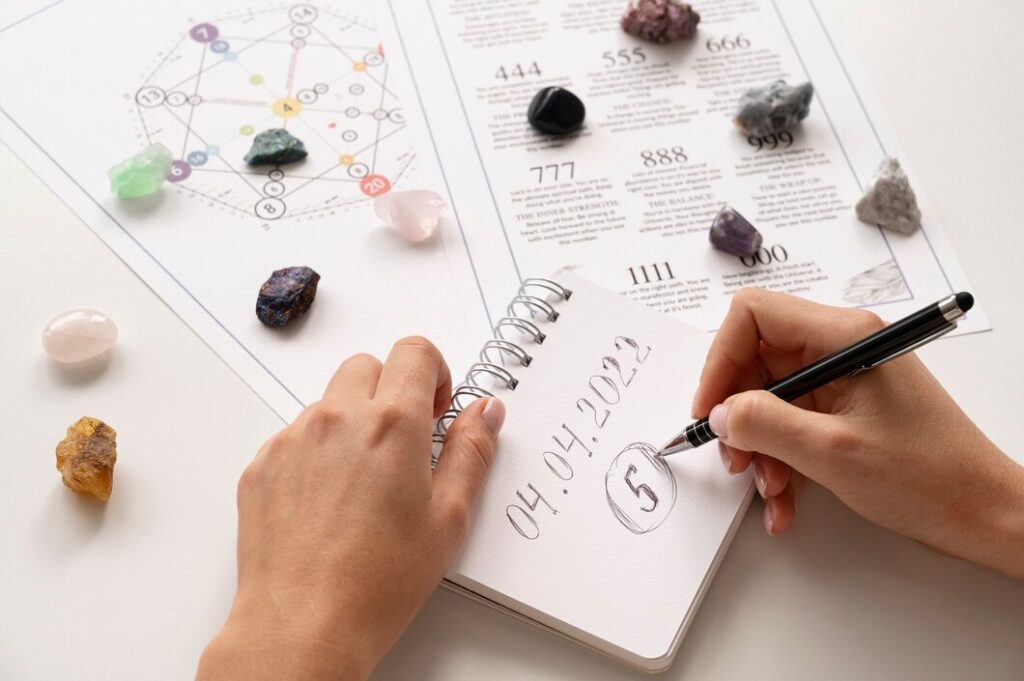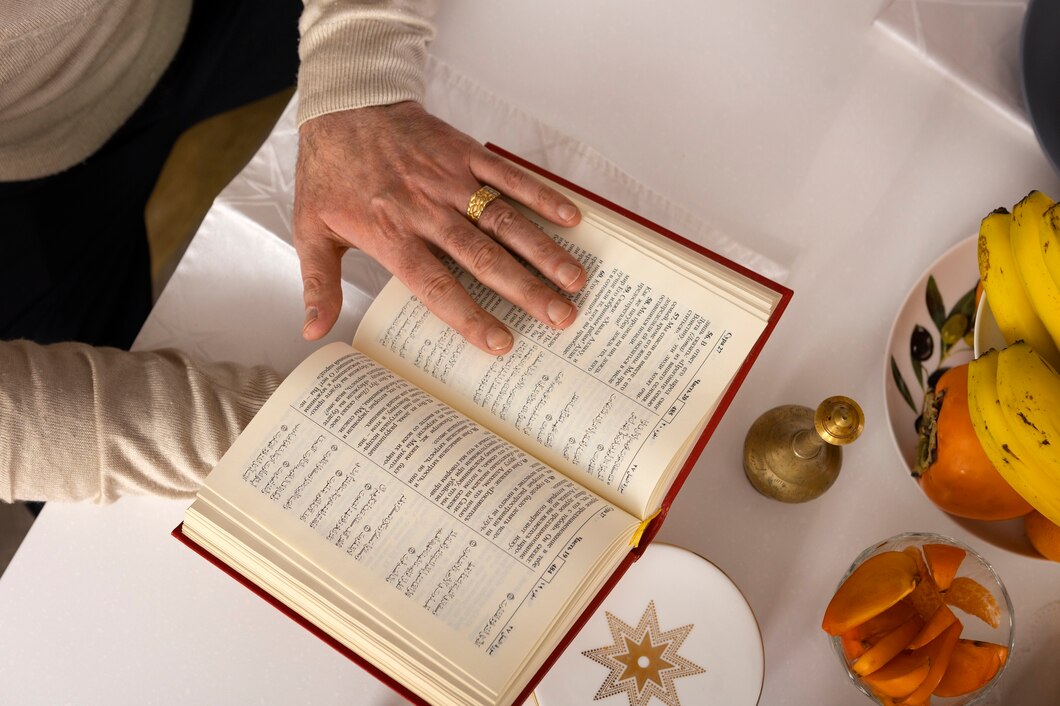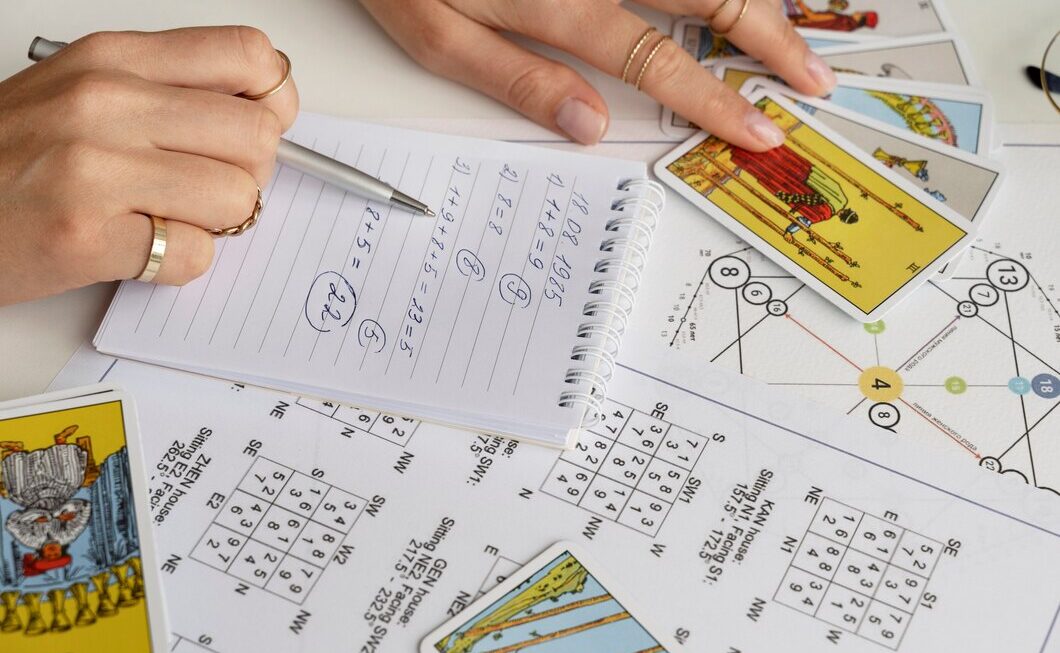You wouldn’t plant a seed in the dead of winter. You wouldn’t launch a critical naval vessel into the teeth of a hurricane. Common sense guides us to align our actions with the natural rhythms of our environment. The ancient science of Muhurta in Vedic Astrology (also known as Electional Astrology) simply applies this same profound wisdom to the cosmos itself. It is the strategic, scientific process of identifying the auspicious timing—the most energetically favorable moment—to begin any significant life event. The core reason why muhurta importance is paramount is rooted in the very fabric of Jyotish: the birth chart of the moment is the destiny of the event.
By choosing a moment with a strong celestial signature, you are proactively embedding your venture—be it a marriage, a business, or a journey—with a powerful blueprint for success, longevity, and reduced struggle. This is the science behind Muhurta: an elegant, systematic framework for engaging in conscious cosmic alignment.

The Opinion: Muhurta as the Ultimate Proactive Remedy
Selecting an auspicious ‘Muhurta’ (electional time) is one of the most powerful “remedies” or proactive spiritual interventions available in all of Vedic astrology.
The Reason: The Birth Chart of the Moment
Why is this so? Because the moment you initiate an event—the time the priest chants the final mantra, the minute you sign the contract, the second the business website goes live—creates a unique astrological chart. This ‘event chart’ functions as the natal chart for the entire undertaking.
- A business started under a favorable chart, perhaps with a strong Jupiter (expansion) aspecting the Ascendant (self/beginning) and an exalted Mercury (commerce) in a wealth house, is inherently given a greater potential for prosperity and smooth operation.
- Conversely, a marriage started when the Moon (emotions) is severely afflicted by malefics (like Saturn or Mars) or placed in a challenging house (like the 8th or 12th) starts with an intrinsic vulnerability to emotional discord or sudden crises.
By deliberately choosing a moment where the planetary placements are harmonious, strong, and supportive of the event’s goals, you are pre-loading your endeavor with good fortune. You are not merely accepting fate; you are consciously designing the initial conditions for maximum positive output. This elevates the practice of muhurta from mere ritual to a high-level strategic application of timing science.
The Example: Launching a Ship on a Sunny Day
Imagine two scenarios for launching a new business:
- Scenario A (Inauspicious Timing): Launching during a Rikta Tithi (inauspicious lunar day), under a heavily afflicted Ascendant, and while Mercury (the planet of business) is retrograde and combust. This is like launching a ship on a foggy day with a broken compass—it will likely face delays, communication issues, and financial setbacks from day one.
- Scenario B (Auspicious Timing): Launching during an Amrita Siddhi Yoga (success-giving combination), with a strong, benefic Jupiter aspecting the Ascendant, a waxing Moon in a favorable Nakshatra, and a powerful Venus in a wealth house. This is like launching a ship on a calm, sunny day with clear skies and a favorable tailwind. It gives the enterprise the best possible start in life, ensuring that initial efforts are met with minimal resistance and maximum efficiency.7
The Restatement: Consciously Aligned Action
Therefore, the science behind Muhurta is not about superstition; it is about consciously aligning your actions with the optimal flow of cosmic alignment to ensure success. It is a strategic tool that maximizes the potential of your human effort by synchronizing it with the universal clock.
The Five Limbs of Time: The Panchanga
The calculation of an auspicious timing is made possible by the Panchanga, the five fundamental “limbs” or components of the Vedic day. A potent Muhurta is simply a “favorable cosmic cocktail”—a moment when all five of these elements align synergistically for a specific purpose. Understanding these five pillars is key to comprehending the precision of electional astrology vedic.
| Limb (Anga) | Ruling Influence | Core Energy Focus | Application in Muhurta |
| 1. Tithi (Lunar Day) | Sun & Moon Angular Distance | Overall Sattva (Purity) or Rajo (Activity) of the day. | Crucial for all activities; avoid Rikta Tithis (4th, 9th, 14th) for beginnings. |
| 2. Vara (Weekday) | Ruling Planet (Sun, Moon, etc.) | The quality of the day’s governance. | Choose Jupiter (Thursday) or Venus (Friday) for major beneficent events; avoid Mars (Tuesday) for conflict-prone actions. |
| 3. Nakshatra (Star) | Lunar Mansions (27 divisions) | The core energetic property and symbolic meaning of the moment. | Most important; choose Sthira (fixed) Nakshatras like Rohini for stability (e.g., marriage, laying foundation). |
| 4. Yoga (Planetary Combination) | Combined Longitude of Sun & Moon | The inherent harmony or disharmony of the moment. | Filter out Vyatipata (calamity) or Parigha (obstruction) Yogas. |
| 5. Karana (Half-Tithi) | Half-divisions of Tithi (11 types) | A finer level of energetic detail and kinetic impulse. | Avoid Vishti/Bhadra Karana for any auspicious work. |
A Muhurta expert synthesizes the unique requirements of the event (e.g., marriage needs stability and harmony; business needs growth and commerce) with the combined energy of these five limbs, seeking a confluence where all factors amplify the desired outcome.
Engagement: Strategic Avoidance and Conscious Use
The power of auspicious timing is twofold: not only selecting the good, but rigorously avoiding the demonstrably bad. Knowing what not to do is often the first, most practical step in ensuring success.
What to Avoid: The Time-Wasting Pits
Certain daily and periodic windows are considered “karmically barren” because the energies associated with them are challenging, volatile, or unproductive.
- Rahu Kaal: A daily period (approx. 90 minutes) governed by the shadow planet Rahu. It is highly inauspicious for new beginnings as it introduces confusion, delays, and unexpected results. Starting a new contract during Rahu Kaal is almost a guarantee of complications.
- Yama Gandam & Gulika Kaal: Other daily periods best avoided for financial transactions and matters that require longevity, respectively.
- Bhadra (Vishkambha Karana): A highly malefic half-Tithi associated with conflict and disruption. It is universally avoided for nearly all positive undertakings.
- Combustion (Astangata): When a key planet for the event (e.g., Venus for marriage, Mercury for business) is too close to the Sun, it is considered weakened and “burned,” making the event’s potential frail.
What to Use: Leveraging the Universal Flow
Conversely, a truly masterful application of muhurta vedic astrology involves leveraging potent, success-giving combinations.
- Abhijit Muhurta: The “victorious moment.” This is a universally auspicious period centered on local noon (approx. 48 minutes long). It is so powerful it is said to have the capacity to neutralize many minor flaws in the rest of the Panchanga. It is the go-to time for starting urgent tasks when a full, complex Muhurta calculation isn’t possible.
- Guru Pushya Yoga: The most auspicious combination formed when the Moon is in Pushya Nakshatra on a Thursday (Guru/Jupiter’s day). It is a highly potent time for investments, spiritual initiations, and all acts of lasting value and growth.
- Hora Selection: A micro-timing technique where the specific planetary hour (Hora) of the day is used. For instance, launching a health initiative during the Hora of the Sun (vitality) or an educational endeavor during the Hora of Mercury (intellect) provides an immediate energetic boost.
Conclusion
The pursuit of the perfect muhurta is the pursuit of flawless execution. It is the ultimate exercise in being prepared: not only having the right plan and the right resources, but having the right event timing. By embracing this ancient knowledge, we elevate our actions above the random currents of time and align ourselves with the supreme harmony of the cosmos. To choose an auspicious moment is to choose a destined advantage.











